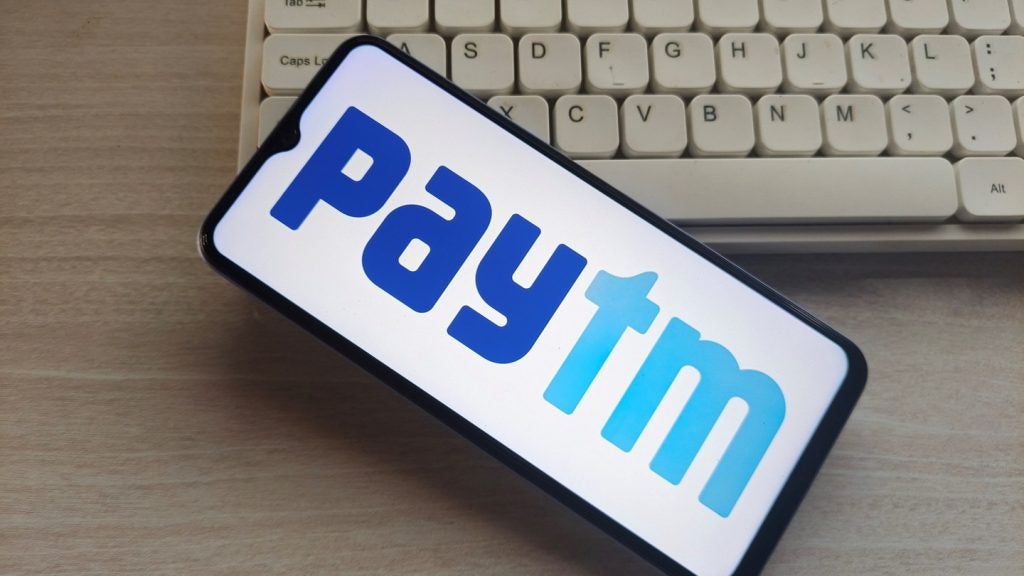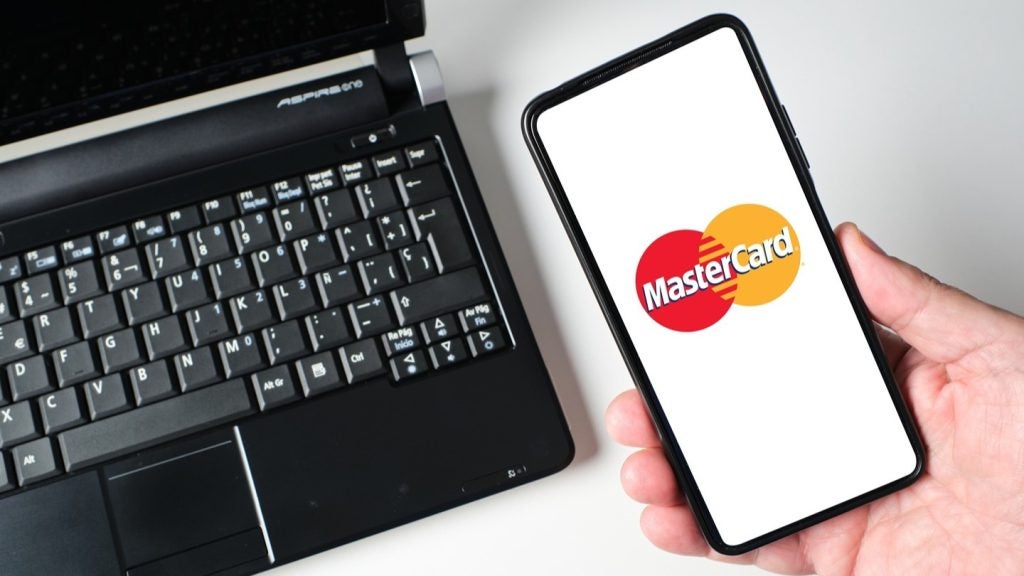better known, came into force in October 2003, paving the way for
the banking industry to adopt electronic cheque imaging. Some five
years on, however, and the full benefit of Check 21 have yet to be
realised in a market where the cheques account for some 55 percent
of non-cash transactions by value.
 This conclusion
This conclusion
was drawn by the Government Accountability Office (GOA) from a
study it conducted between September 2007 and October 2008. The
study primarily covered the Federal Reserve Board (Fed) and
banks.
In its report the GOA noted: “Check truncation has not resulted
yet in overall gains in economic efficiency for the Federal Reserve
or for the banks we surveyed. The expectation for electronic
processing of checks was that it would lead to gains in economic
efficiency – that is, removing paper from the payment stream would
lead to lower costs.”

Access deeper industry intelligence
Experience unmatched clarity with a single platform that combines unique data, AI, and human expertise.
Indeed, the GOA continued that its analysis of the Fed’s
accounting data suggests that its costs may have actually increased
since the passage of Check 21. The GOA advanced a number of
possible reasons for this including maintenance of a paper cheque
processing infrastructure.
Notably, despite a strong migration to cheque imaging paper
cheques remain dominant. According to industry body the CheckImage
Collaborative, the annualised volume of cheque images processed in
the third quarter of 2008 was 10.6 billion or 35 percent of the
30.3 billion cheques written in 2006, the most recent year for
which complete data is available.
But it is not only conventional cheques that still leave a paper
trial. One of Check 21’s requirements is that a receiving bank must
supply a substitute cheque if demanded by a customer. Based on Fed
data for June 2008, 283 million substitute cheques were produced in
June 2008, a third of the total of 852 million cheque images
received that month.
This has proved to be a costly requirement , with the GOA noting
that in the Fed’s Atlanta processing site 12 high-speed substitute
printing machines were purchased at a cost of $200,000 each.

US Tariffs are shifting - will you react or anticipate?
Don’t let policy changes catch you off guard. Stay proactive with real-time data and expert analysis.
By GlobalDataFor banks, cost benefits of cheque imaging also remain illusive
with many still shying away from its adoption. Surprisingly, the
GOA found that two of the US’ 10 largest banks have yet to adopt
cheque imaging though plan to do so in 2009.
Of the major banks that have adopted cheque imaging, the GOA
noted that several reported that maintaining a dual
paper-electronic infrastructure had prevented them from achieving
overall lower costs. The banks said that they expect that
“eventually costs would be lower”.
Areas where cost savings are becoming evident for the Fed and
banks are lower staff costs and lower costs of transporting paper
cheques often over thousands of miles.
The Fed reported total work hours associated with the its cheque
processing operations fell by 48 percent from 2.1 million hours for
the fourth quarter of 2001 to 1.3 million hours for the fourth
quarter of 2007. Transportation costs associated fell by 11 percent
during this period.
Further cost cuts will flow from the Fed’s programme to reduce
the number of cheque processing sites. Since 2003 the number of
sites has fallen from 45 to 15 with further consolidation expected
to reduce the number to four by the first quarter of 2010 and
possibly only one by the middle of that year.
This closure strategy is based on the Fed’s optimistic
expectation that by the end of 2009 more than 90 percent of cheque
deposits and presentments will be electronic.







